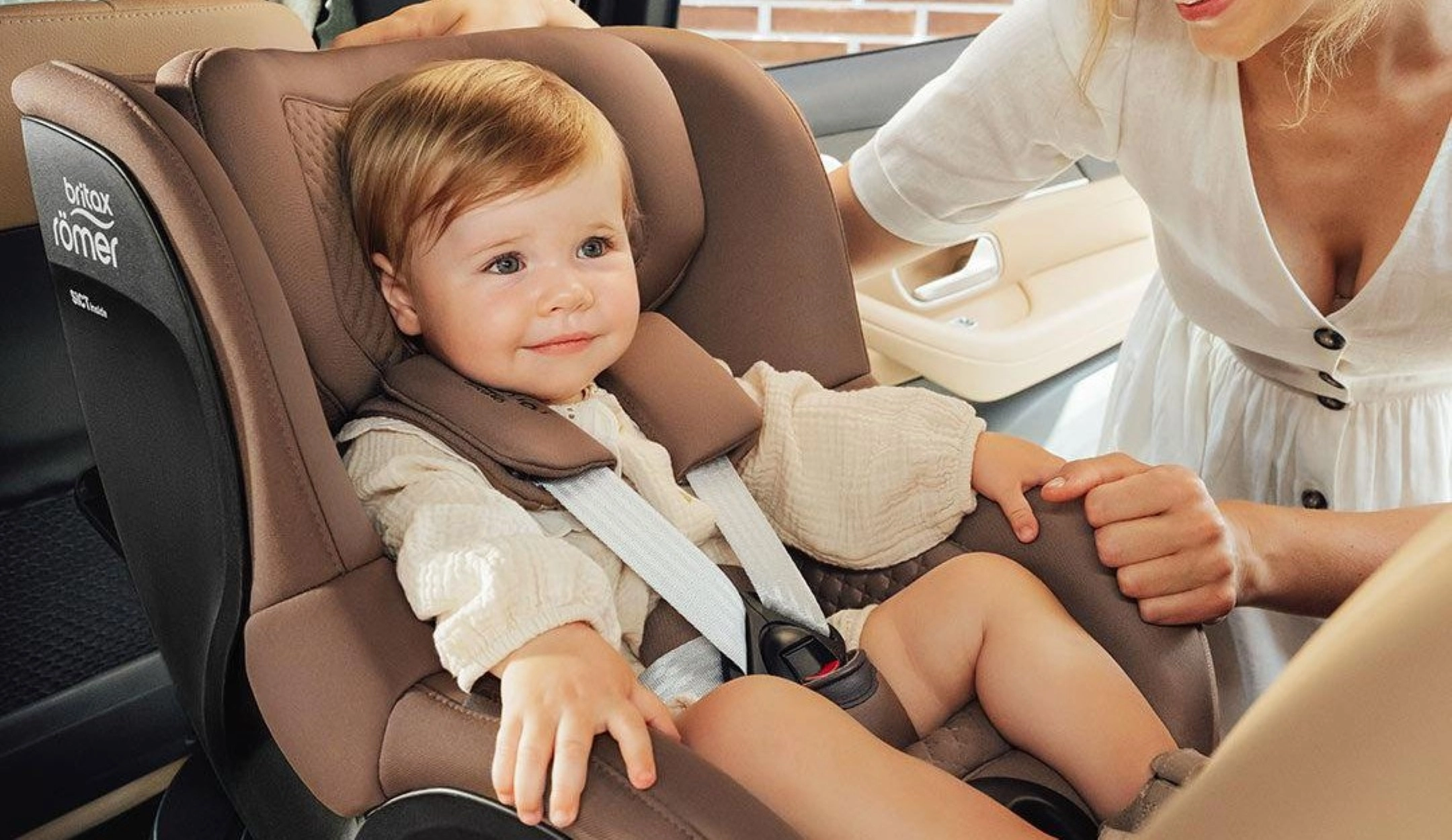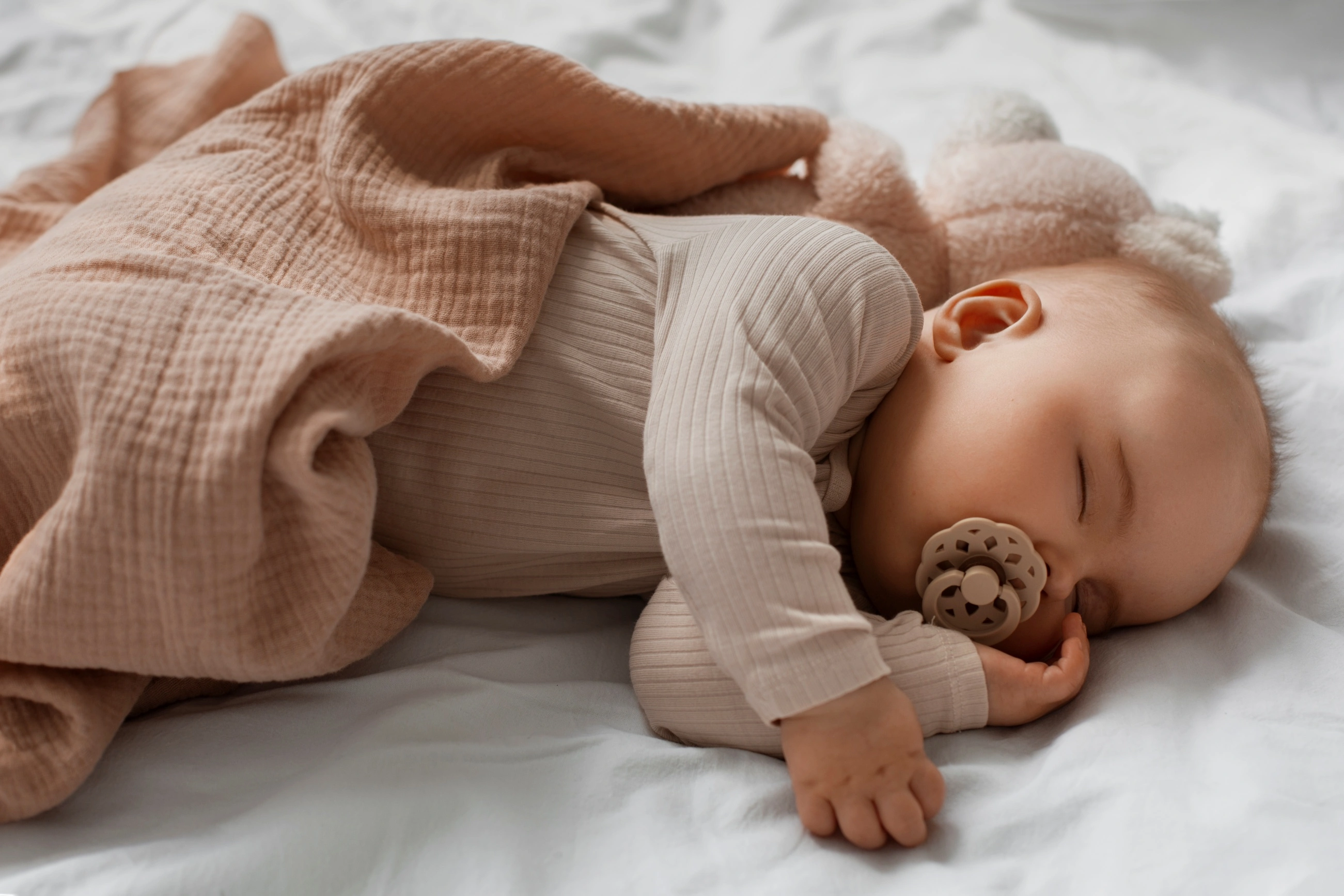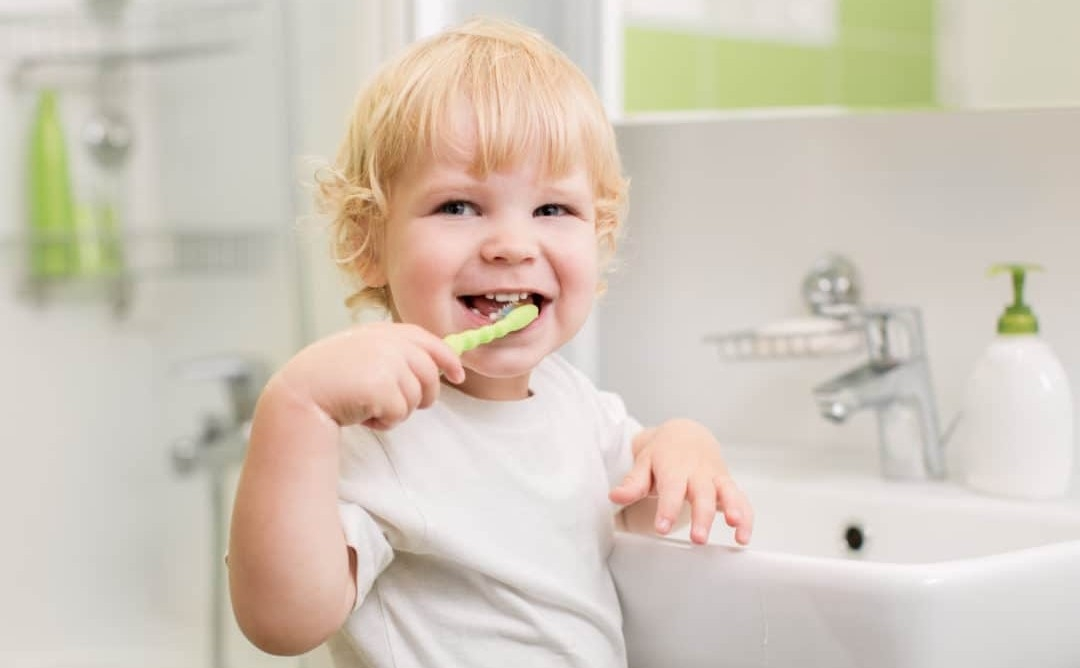Is Your Baby’s Car Seat Truly Safe? What Every Parent Needs to Know

The foundation of a child’s safe journey begins with a single, seemingly simple choice — selecting the right car seat. And yet, this decision carries far more weight than many parents realize. With so many options on the market, it’s easy to assume that every model offers equal protection — but that’s far from the truth. That’s why Labebe Boutique, in collaboration with Your Car Seat, has launched an awareness campaign focused on educating parents about what truly matters when it comes to car seat safety. Because protecting your child isn’t a matter of preference — it’s a matter of life.
A child’s car seat is more than just another item installed in the backseat. It’s a silent guardian — often overlooked in everyday routine, but absolutely critical in the split-second moment when it’s needed most. Parents should know that what looks safe on the outside may not always provide real protection. So how can you tell if a seat is genuinely safe? How can you be sure that a reputable brand name reflects actual crash-test performance, advanced design, and compliance with global safety regulations?
Choosing a safe journey isn’t about picking a trendy product — it’s an emotional decision backed by knowledge and responsibility. This is where we step in: to ensure that every parent feels confident that the car seat they’ve chosen for their child is not just practical or stylish, but truly protective — guarding what matters most.

What Does Car Seat Certification Mean - and Why Is It So Important?
The market is flooded with car seats, which often creates the illusion that choosing one is easy — just pick a visually appealing model, and you're all set. But real protection is never skin deep. What truly guarantees your child’s safety is certification — formal proof that the seat meets international safety standards and has passed rigorous testing.
A certified child car seat undergoes a series of crash simulations designed to reflect real-world road collisions — including frontal and side impacts at various speeds and angles. Every component — from the harness and buckles to the headrest and structure — is tested under maximum stress. Only seats that meet every requirement and pass all testing stages receive a certification label — a mark that confirms the model is genuinely capable of protecting a child in critical moments.
But how can you be sure the seat installed in your car is more than just a pretty design — that it’s a real safeguard for your child? How do you tell the difference between a trusted, tested model and one that only looks secure? We’ll explore these questions and more in the upcoming posts on our blog.

Old vs. New Safety Standards: What to Know About ECE R44/04 and UN R129 (i-Size)
Child car seat safety regulations have evolved over the years. Today, there are two main certifications that define the safety requirements for car seats:
- ECE R44/04 – the previous weight-based standard, used widely between 2005 and 2024;
- UN R129 (i-Size) – the current safety regulation, now replacing the older one with stricter requirements.
ECE R44/04: The Weight-Based System
For many years, most car seats sold in Europe were certified under ECE R44/04. This classification grouped seats according to the child’s weight (e.g., 0–13 kg, 9–18 kg, etc.). At the time, it helped shape safety norms and guided parents in their choices. But with advances in crash research and car safety technology, it became clear that the standard had its limitations.
One of its major shortcomings is that R44/04 baby seats were only tested for frontal and rear collisions, not side impacts — which are frequent in real-world accidents and carry high risk. Furthermore, the standard allowed forward-facing installation from 9 kg, though extensive research has since proven that keeping a child rear-facing for as long as possible offers far greater protection.
While production of R44/04 seats officially ceased in 2024, many models are still available for purchase. They may still be used if they are in good condition — free from damage, structural wear, or expired components. However, experts now recommend switching to seats certified under the new and more comprehensive standard UN R129.

UN R129 / i-Size: The Growth-Based Standard for Today’s Safety Needs
Also known as i-Size, UN R129 is the current international benchmark for child car seat safety. Developed to enhance both protection and compatibility, this standard is gradually replacing the older regulation and is now seen as the gold standard for modern car seat design.
A key difference in the i-Size regulation is how seats are classified: instead of grouping seats by weight alone, i-Size uses height as the main factor. This shift allows for a better, more tailored fit as children grow, making it easier to choose a car seat that truly suits your child’s size and development stage.
Another major improvement: i-Size seats must undergo mandatory side-impact testing. Previously optional, this test is now essential to ensure the seat offers real protection in dangerous and common crash scenarios. These crash simulations reflect real-world accident data and help validate the effectiveness of the seat’s structure and safety features.
The i-Size standard also mandates the use of ISOFIX installation, a system that significantly reduces the risk of incorrect setup. This rigid connection between the seat and the car ensures a secure, stable fit that boosts overall safety.
Some i-Size models may also allow installation using a seat belt, but only if this option is specifically approved by the manufacturer. In all other cases, using the seat belt for installation is considered unsafe and is not allowed.
One of the most important benefits of UN R129 is its support for extended rear-facing travel — sometimes up to age 4 or even 7. Rear-facing positioning has been proven to reduce injury risk in frontal collisions by up to five times compared to forward-facing seating.

The road to safer travel begins with the small things: whether your car seat is installed correctly, whether it’s passed side-impact testing, and whether it carries valid safety certification. These details — often overlooked — can make all the difference in a life-threatening moment.
That’s why choosing a car seat isn’t just a checklist item — it’s a meaningful decision. And understanding what certified safety truly means can help parents make informed, confident choices.
At Labebe Boutique, we offer a curated selection of globally trusted car seat brands — all certified, crash-tested, and thoroughly reliable. When you choose with care, you choose to protect what matters most — and we’re here to help you do just that.


